This post is part of a series that covers our experiences in Buying Our First Property In Costa Rica:
- Why We Chose Not To Buy In The Philippines
- Why We Chose The Gold Coast Over the Southern Zone
- Why We Passed On This $400,000 Vacation Rental
- Why We Chose The Convenient Center Over The Quiet Hills
- How We Financed Our First Costa Rica Property (current post)
======
UPDATE: If you find this post interesting, be sure to also read our follow up with more detail on the selected method.
======
When we decided to buy real estate abroad, one of the critical steps was figuring out where we would get the money to buy. Since we had settled on desirable Tamarindo, we knew that properties would sell relatively quickly so we would have to decide quickly and be able to close quickly (or at least show we could close quickly).
Here are eight options we considered for financing our international purchases:
1 – Pay cash
If you have the cash to buy outright, paying cash is an option to consider. Sellers love the hassle-free, quick close of a cash transaction. Cash makes you a desirable buyer, and you might negotiate a better price or win a bidding war as the trouble-free buyer.
However, you also need to consider what else you could do with that money, and whether or not you want that much of your cash tied up in one deal.
Cash wasn’t an option for us, as the places we were considering were selling for more than our available cash. Next!
2 – Look for seller financing or owner financing
We looked at a development where the builder was offering some financing. Even some standalone properties had owners willing to provide financing. However, the deals we looked at still required a significant amount of cash (50% or more down), and interest rates were in the 8-12% range, so the financing didn’t provide that much more flexibility than paying all cash.
In the end, we didn’t opt for one of the properties that came with financing, but even if we did, we probably would have looked for alternatives to the seller financing / owner financing we did see. Next!
3 – Borrow traditionally / get a mortgage from a bank
For purposes of comparison, we looked at traditional borrowing options – i.e., getting a mortgage from a bank. The real estate professionals we consulted — real estate agents and even our real estate attorney – corroborated the general Internet research we found: it’s hard and costly for foreigners to get a mortgage from a bank.
Interest rates are in the double-digits, borrowing limits are low, and options are limited. Next!
4 – Find a money partner to fund the deal
If we can’t get funding from a bank, the builder or the owner / seller, then we still might get financing from a money partner willing to fund the deal in exchange for profits. Given that this was our first purchase both internationally and in Costa Rica specifically, we probably weren’t desirable partners, as we had no track record or specialized knowledge.
We also didn’t find deals where the profit margin had enough upside for a money partner to be interested. Next!
5 – Get a private loan
If we couldn’t get a money partner to fund the deal for profit, we still might get money from someone willing to give us a private loan. We already used a private loan to fund the purchase of our first multi-family so we knew it was doable. However, we just played that private loan card, so we were already paying the higher interest on a private loan for another property and we tapped out that particular private lender.
Sure I could try to find another private lender, but there were other more appealing options. Next!
6 – Use a line of credit on our business
There’s no rule that says the money you borrow has to be collateralized against the home you’re buying. In our case, I have a business that has been active for 10 years now. My business bank has pitched me multiple times on opening a line of credit for my business. I could finally take them up on it, and depending on the size of the line, it might be high enough to cover our Costa Rica purchase.
However, my most established business (which would offer the largest line) was a partnership with someone else, and I didn’t want to ask my 50/50 business partner to risk her half of the business on my real estate deal. Next!
7 – Use a HELOC
Like a business line of credit, a HELOC is a line of credit on home equity. In our case, we had two open lines of credit, and we had two other rentals with no mortgage yet on them so they could possibly be collateral for a HELOC. However, the two free-and-clear rentals were too low in value to fund our target Costa Rica property. We also didn’t want to use the existing HELOC’s because these have always acted as our cash reserves.
With 13 other properties, we needed ample cash reserves and couldn’t tie up either or certainly both of our HELOC’s with a purchase. Next!
8 – Do a cash-out refinance
Finally, the option we ended up using was the cash-out refinance. We had enough equity built up in our Asheville rentals that we were able to refinance them, pull out equity and use that equity to fund our Costa Rica purchase.
Because refinancing takes time, and we needed to do two of them, we actually drew on one of our existing HELOCs to do a quick cash purchase, and then refinanced to replenish our HELOC. So really we used option 7, option 1, and finally option 8.
UPDATE: Read more in our subsequent post on why we chose cash-out refi over HELOC
Other variations on the theme
We wanted to own property in Costa Rica to diversify our investments internationally, but if you only want to have a property to use but not necessarily own, you could consider buying a US rental investment that provides sufficient cash flow to pay for your rental in Costa Rica. This way, you’re still making a real estate investment, you’re still getting abroad, but it’s a domestic investment that doesn’t come with the hassles of international ownership.
It’s like a variation on the house hack – i.e., use your investments to pay for your living costs, in this case your international living costs. There are always multiple options to get what you want.
Have you bought property abroad? How did you finance it?
======
Check out our full series on Buying Our First Property In Costa Rica:
- Why We Chose Not To Buy In The Philippines
- Why We Chose The Gold Coast Over the Southern Zone
- Why We Passed On This $400,000 Vacation Rental
- Why We Chose The Convenient Center Over The Quiet Hills
- How We Financed Our First Costa Rica Property (current post)
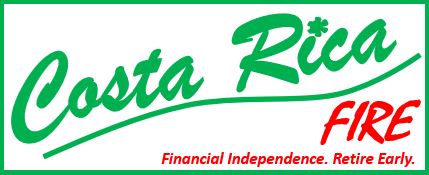
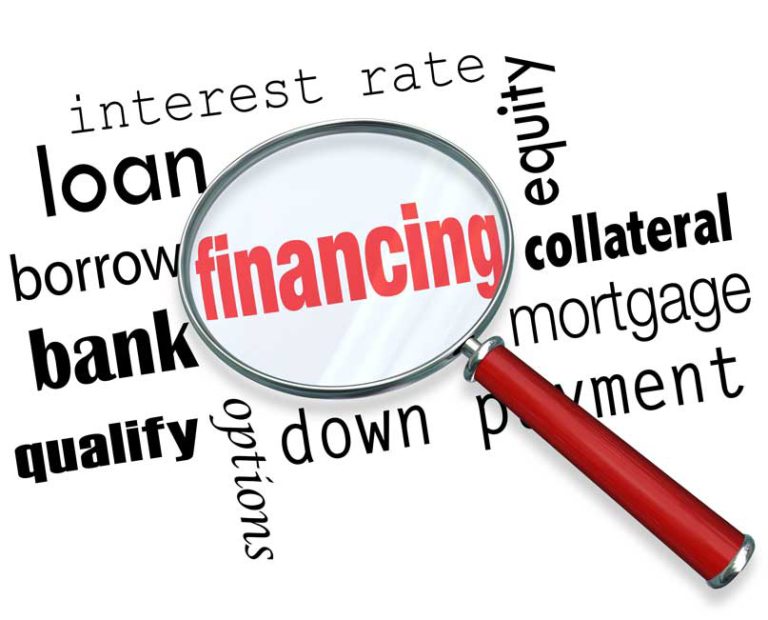
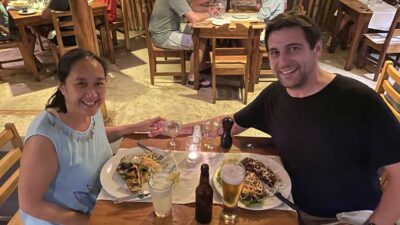 We are Scott and Caroline, 50-somethings who spent the first 20+ years of our adult lives in New York City, working traditional careers and raising 2 kids. We left full-time work in our mid-40’s for location-independent, part-time consulting projects and real estate investing, in order to create a more flexible and travel-centric lifestyle.
We are Scott and Caroline, 50-somethings who spent the first 20+ years of our adult lives in New York City, working traditional careers and raising 2 kids. We left full-time work in our mid-40’s for location-independent, part-time consulting projects and real estate investing, in order to create a more flexible and travel-centric lifestyle.  Financial independence and early retirement is not something we originally focused on, but over time realized it was possible. Our free report,
Financial independence and early retirement is not something we originally focused on, but over time realized it was possible. Our free report, 




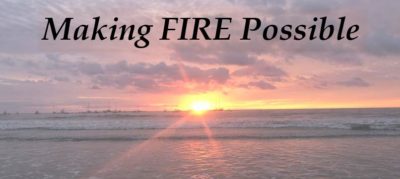
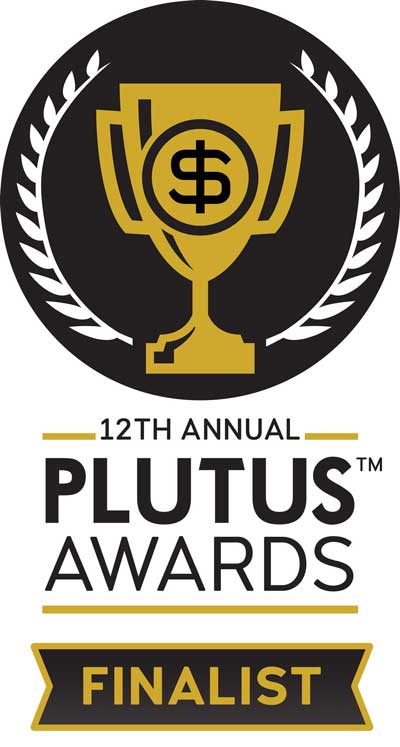
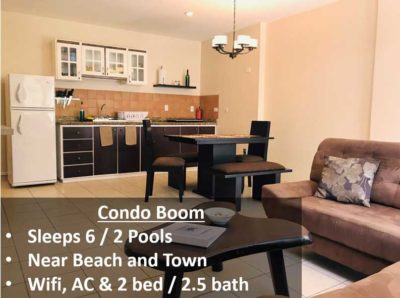
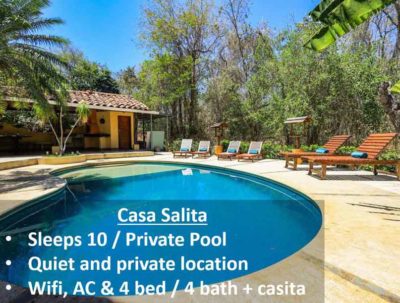
I love Costa Rica, and owning a home there would be really cool, as long as it was making me money!
This article has me thinking, and I love having options like this to think about. Thank you for bringing this up!
Glad it resonated with you – hit us up if you have any questions at all about Costa Rica!
Great break down of all the options!
Costa Rica is beautiful, I hope the investment works out well.
Thanks! We are about 10 months in and at the 1 year mark plan to go into detail of what we spent to get it going, and ongoing costs, occupancy, etc.
Hi, I wonder if you were able to get the 10% net that you were looking for. My husband and I are interested in investing in a rental property for cash flow in Guanacaste but, after running the numbers and some sensitivity analysis for several properties, we only get 7% net max. Getting data from the sellers and real estate agents is really difficult there.
Hi Alma – thanks for reading and commenting! Cash flow estimation is definitely difficult up front, and dependent on so many factors. Especially, as you say, when it is hard to get information from sellers and real estate agents. It’s hard to share everything in a blog comment, so we’ll write up our experiences in a new blog post, to go up in the next week or two. I’ll comment back here when it is posted.
Hi Alma – we just posted some thoughts on getting 10% ROI, and where we stand. https://costaricafire.com/finance/is-it-possible-to-get-10-return-on-investment-for-costa-rica-vacation-rental/
Hi! I would like to build a home for myself in Santa Teresa, Costa Rica. I’ve discussed my building plans, potential lots, and budget with an architect and builder, however am not finding any solutions for Construction finance in Costa Rica.
I do own an investment property with enough equity to finance about 40% of the construction cost, but that is obviously not enough. I have also discussed with a few lenders who are able to provide a mortgage in Costa Rica on a completed property, but not during the construction phase.
Any ideas for me?
Thanks!
We didn’t look at financing within Costa Rica b/c we knew the rates would be higher than what we could get in the US, so we refinanced a US property to get cash out for Costa Rica. You mentioned that your investment property refi would get you to 40% of your target. Can you get another type of loan for the difference? For example, personal loan, business loan, or crowdfunding (if your Santa Teresa place is part of an overall business project maybe you can make a funding campaign out of it). Finally, we have used private loans in the past (friends & family raise, as opposed to a formal hard money lender). You might want to canvas friends who have cash sitting in a low-yield account who may be willing to lend to you at a high rate for them but a lower rate than you’d have to pay in Costa Rica.
Would you mind sharing the names of the few lenders who were able to provide a mortgage in CR?
Hi Laura, banks don’t provide mortgages to foreigners. In our posts, we wrote about using a cash-out refinance of US property and our self-directed retirement accounts to fund our purchases.
Great information on purchasing property in Costa Rica. I plan to visit Gaunacaste area in the future for a week or two. Also, thanks for explaining what a HELOC is. Taramindo sound like a place to vacation and relax.
Hi Ronald, thanks for the kind words — I’m glad the post was helpful. Tamarindo is a lovely vacation spot and long-term place too (I’m a beach lover so I’m biased). If you have questions about Costa Rica or real estate, let us know as many of our blog topics are inspired by reader questions!
Iam interested in finding a private loan lender to purchase a home in Jacó. The article mentioned private loans were used. I am interested in finding a trustworthy company. Funding Stone LLC is one that hit me up, but they sound like a scam. Thank you!
We have only done private loans with people that we know. Yes, there are private lending companies out there, but we haven’t used any firsthand, and we didn’t use private loans for any of our CR properties. You might review your existing connections — maybe you have a retired friend or a business-minded friend who is sitting on money making no interest in the bank, and they would be interested in being your lender. Bigger Pockets is an online real estate community, and I have found good suggestions there. Good luck!
How are you determining (without MLS in CR) the value of the home? They ask for $400K just because they believe it is worth that price point. Most don’t seem to have a P&L to back ROI.
This is a great question, and something we struggled with. There is no MLS so you have to do your own research. I’m working on a blog on this topic — thanks for the inspiration. Stay tuned!
Hi Caroline,
Love this blog! I am looking into buying in Tamarindo and am curious if you could share a recommendation on a local lawyer. Also, I believe I toured your condo that is for sale (I recognized it from the pictures). How are you feeling about the Tamarindo condo investment now?
Hi Arthi, I’m so glad you’re loving the blog — thank you! We work with Jim Reilly, who we profiled here: https://costaricafire.com/profile/from-connecticut-to-costa-rica-jim-reilly-lives-and-works-in-tamarindo/. Regarding our CR investments, we’re still very bullish on both condos and homes. We actually weren’t anticipating selling anything, but then we had an idea from writing the blog on Should We Sell: https://costaricafire.com/real-estate/the-costa-rica-real-estate-market-is-hot-should-we-sell/. As we explored our options, we came up with a better way to structure our investment so floated a sale of one of our condos to our property manager, and we got a strong offer within a few weeks. We’ll blog about the details when their finalized!